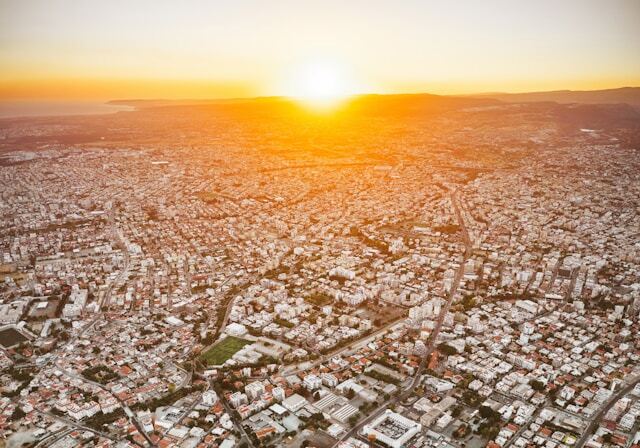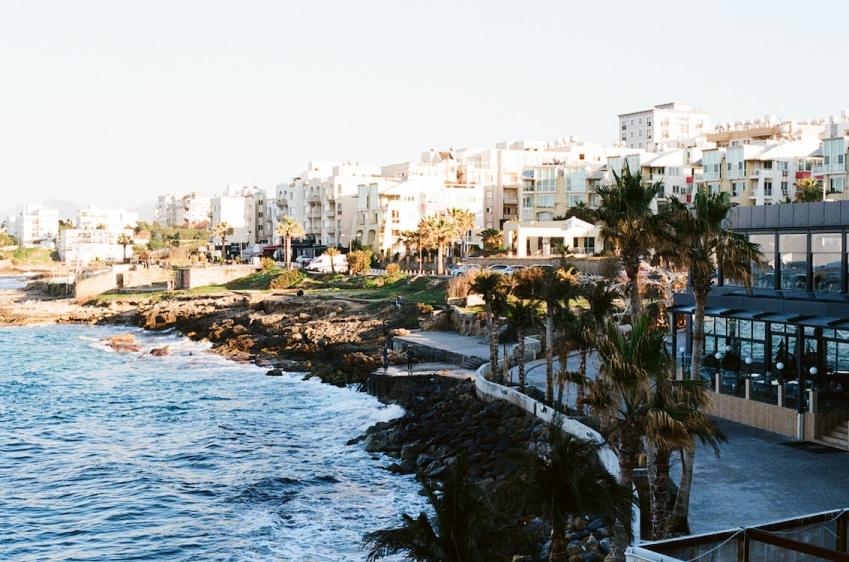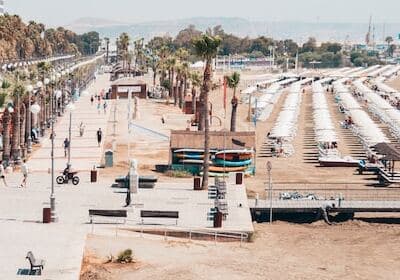Cyprus is a popular Mediterranean island known for its sunny beaches, historical sites, and friendly people. Visitors can enjoy lively resort towns or quiet traditional villages, with opportunities for hiking, exploring ancient ruins, and tasting local food and wine. Therefore, Cyprus tourism is very important for its economy.
It makes up about 10–12% of its GDP and provides jobs for nearly one-fifth of the population. Each year, over 4 million visitors come, mostly to Paphos, Ayia Napa, Limassol, Larnaca, and the Troodos Mountains, enjoying beaches, outdoor activities, and cultural experiences. Tourists mainly come from the UK, Poland, Germany, Greece, and Sweden.
This guide will cover everything about Cyprus tourism and equip you with all the information you will need before you book your next vacation. It will cover everything from the visa requirements, the best attractions, transport, and accommodation costs.
This is what to expect:
- Cyprus Overview
- Cyprus Tourism Overview
- Visa Requirements to Travel to Cyprus
- Why visit Cyprus?
- Transportation Options in Cyprus
- When is the best time to visit Cyprus?
- Where are the best places to stay in Cyprus?
Cyprus also has a unique history because the island is split into the Republic of Cyprus in the south and the Turkish Republic of Northern Cyprus in the north, and travellers can visit crossing points to learn more about its political and cultural heritage.
This arrangement does not apply to other non-Schengen EU countries, such as Ireland, because no such agreement exists. It also does not apply to citizens of Turkey or Azerbaijan unless they are family members of EU citizens.
Tourism in Northern Cyprus has grown strongly in recent years and so has the Cyprus real estate in that region which has led to more developments. Between January and October 2024, it welcomed over 1.8 million visitors, an 18.6% increase from 2023. Many tourists came from Europe, with big increases from Norway and Belgium. Improvements like the new terminal at Ercan International Airport have made it easier for more people to travel to the island.
Short-stay visas, also called Type C visas, allow up to 90 days and cost around €20 for a single entry or €60 for multiple entries. Processing takes 5 to 10 working days.
Required documents:
- A valid passport with at least two blank pages and that is valid for at least six months beyond your stay.
- A completed visa application form, signed.
- One or two recent passport photos (colored, plain background).
- Travel insurance covering at least €30,000 for health and repatriation.
- Proof of travel plans: flight itinerary, showing entry and exit from Cyprus
- Proof of accommodation: hotel bookings, or an invitation from someone in Cyprus.
- Proof of sufficient funds: recent bank statements to show you can support yourself.
Visas for long-term stays
- Sunny Weather Year-Round – Enjoy a Mediterranean climate with hot summers and mild winters, which are perfect for beach and outdoor activities.
- Beautiful Beaches – Cyprus has over 50 Blue Flag beaches with clear waters, which anyone who loves swimming, sunbathing, and water sports will appreciate
- Rich History and Culture – Explore ancient Greek, Roman, Byzantine, and Ottoman sites, including UNESCO World Heritage sites.
- Unique Island Split – Discover the Greek Cypriot south and Turkish Cypriot north, offering diverse cultures, architecture, and traditions.
- Outdoor Activities — There are a number of outdoor activities to choose from, such as hiking, cycling, water sports, and exploring natural landscapes like the Troodos Mountains.
- Traditional Villages – Tourists get to experience local life, Cypriot cuisine, and crafts in charming villages across the island.
- Growing Tourism in Northern Cyprus – Northern Cyprus is increasingly popular, with improved infrastructure and new attractions.
- Accessible for International Travelers – There are multiple entry options with visa-free access or short-stay visas for many nationalities.
- Family-Friendly and Safe – Cyprus is considered a safe destination with family-oriented resorts and activities. The country is ranked 34th globally in the 2025 Safety Index by Numbeo, with low crime rates and political stability.
Cyprus has a lot of history to explore, with a balance of relaxing at beautiful blue beaches, enjoying delicious Mediterranean cuisine, visiting ancient ruins, and more. Here are some of the best things to do in Cyprus.
Cyprus has several ways to get around. Public transport works well in big cities like Nicosia, Limassol, Larnaca, and Paphos. City buses run inside towns, and intercity buses connect the main cities. Buses are cheap and good for short trips or for people who do not want to drive.
Taxis are available in cities and the countryside. Taxis use meters in the city, but in rural areas, you usually agree on a price before the ride. Renting a car is best for exploring outside cities, visiting remote places, or traveling on your own schedule. Roads in Cyprus are great, and people drive on the left. Car rentals give flexibility for day trips, longer trips, or stays, with daily, weekly, and monthly options.
June to August is ideal for beach holidays, swimming, and water sports, but it can get very hot, with temperatures over 30°C (86°F), and popular spots are more crowded.
Cyprus offers a wide range of places to stay, from luxury resorts and boutique hotels to budget-friendly options and mountain lodges. The cost of living in Cyrpus is also pretty low compared to other EU countries so finding accommodation in your budget will be easy. Here is a guide to some of the best areas, the types of accommodations available, their average prices, and top features.
Global Citizen Solutions is a boutique migration consultancy firm with years of experience delivering bespoke residence and citizenship by investment solutions for international families. With offices worldwide and an experienced, hands-on team, we have helped hundreds of clients worldwide acquire citizenship, residence visas, or homes while diversifying their portfolios with robust investments.
We guide you from start to finish, taking you beyond your citizenship or residency by investment application.





